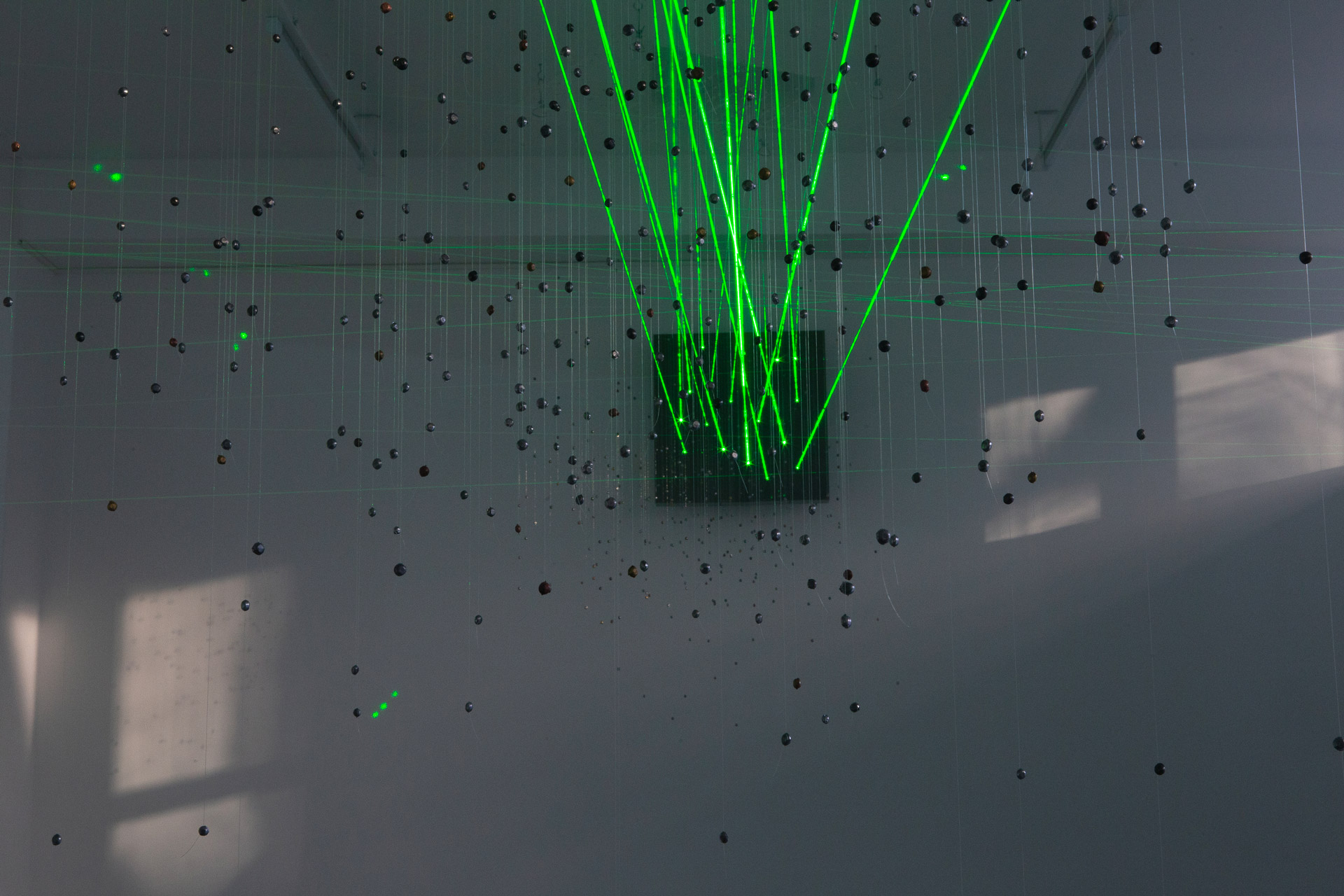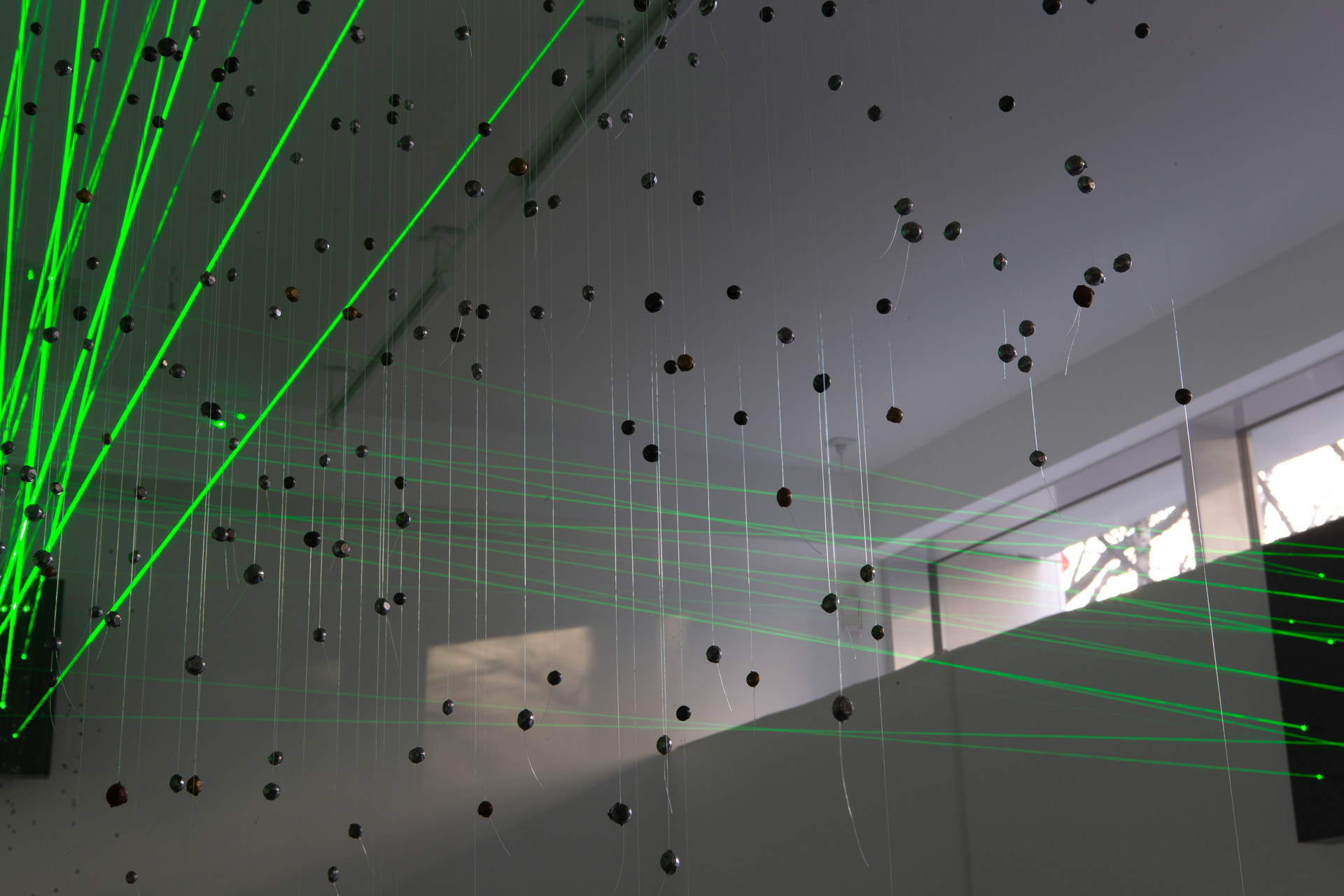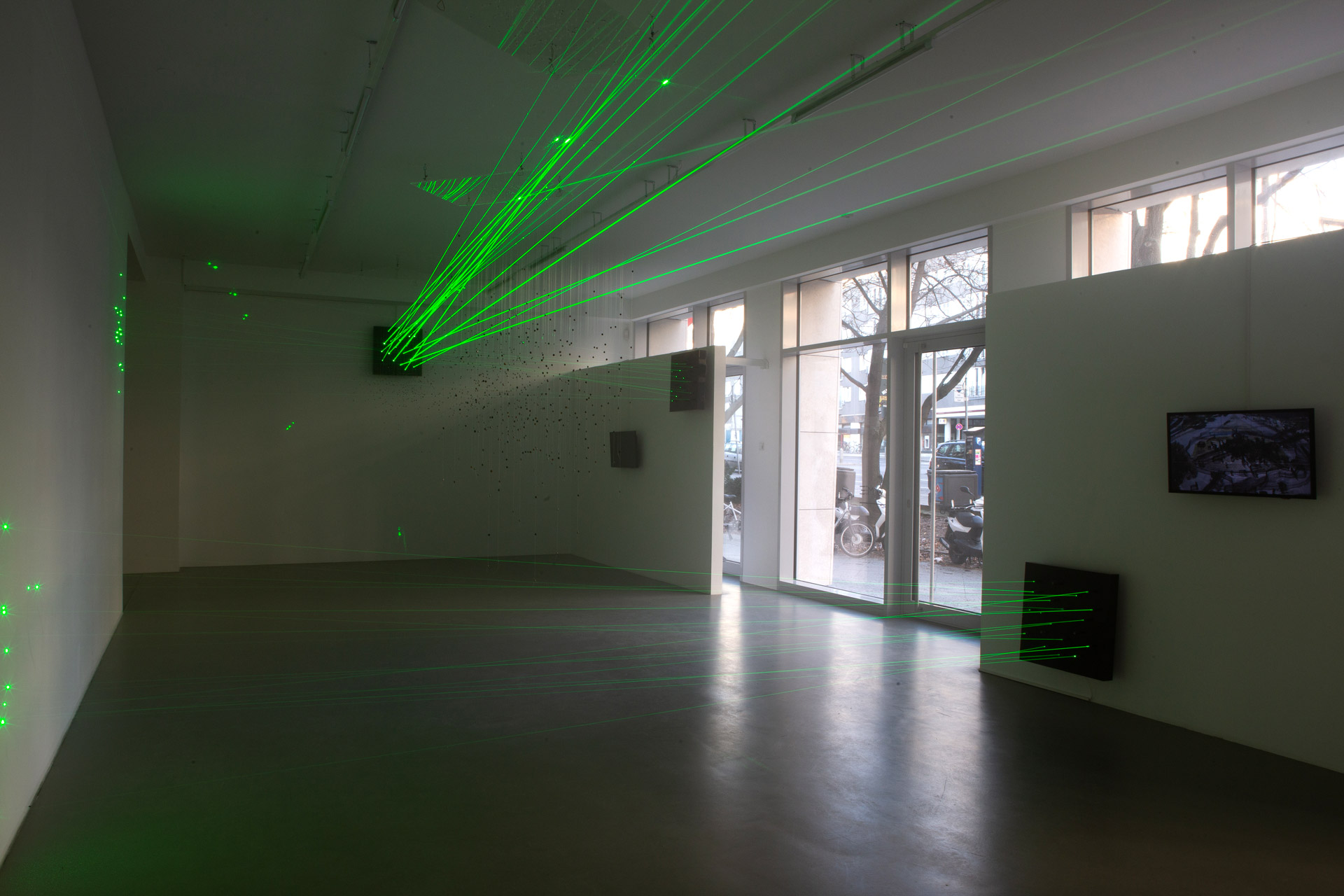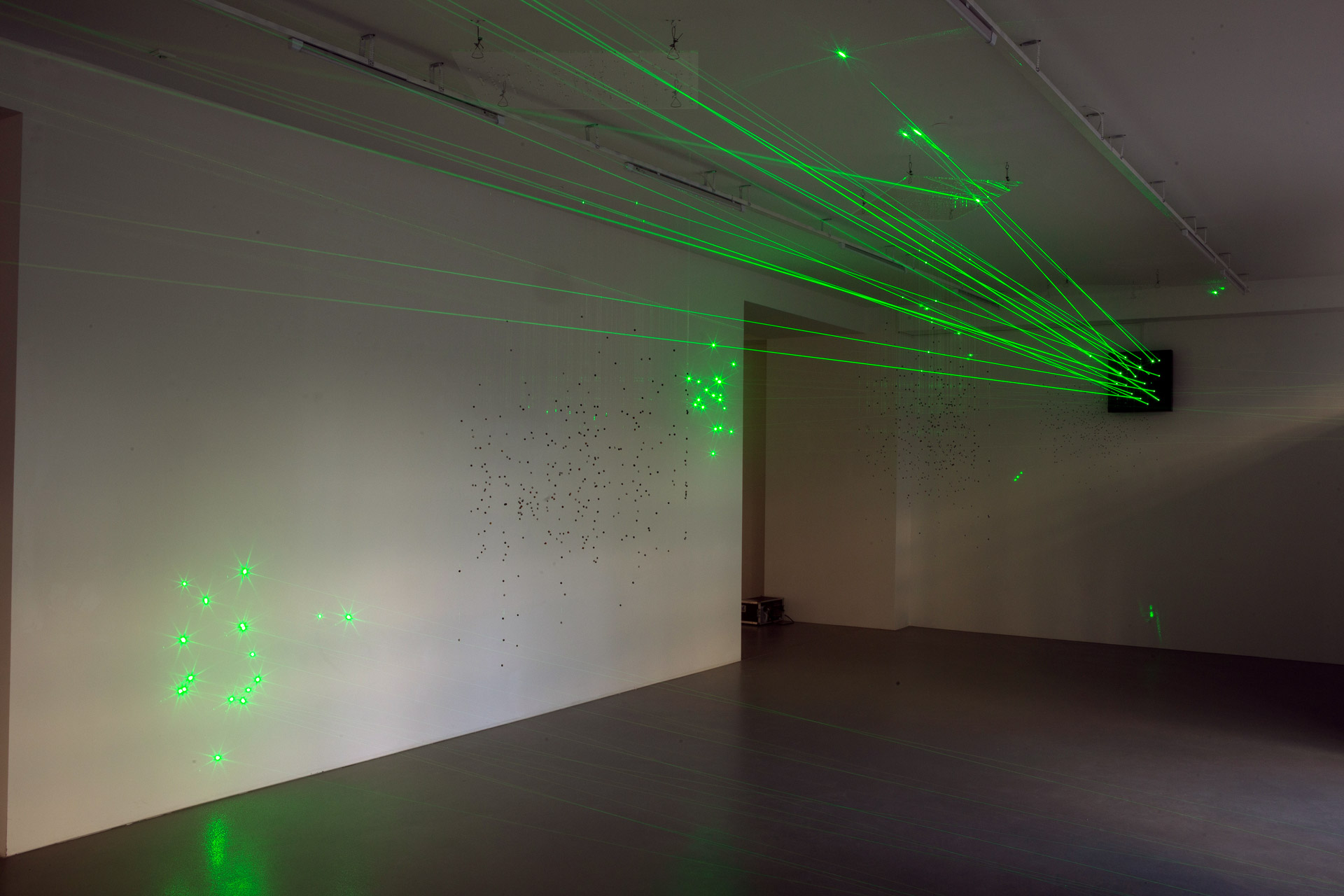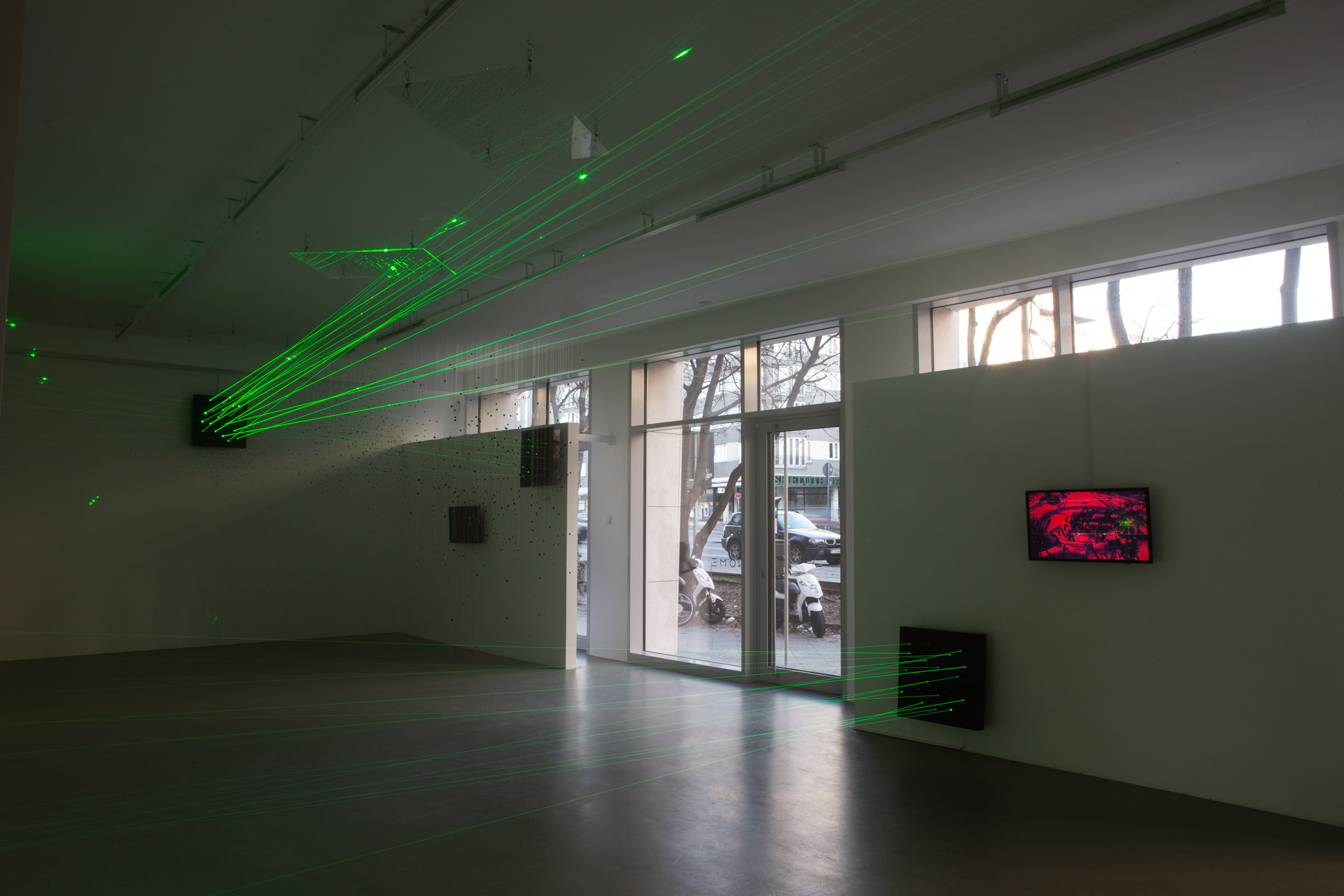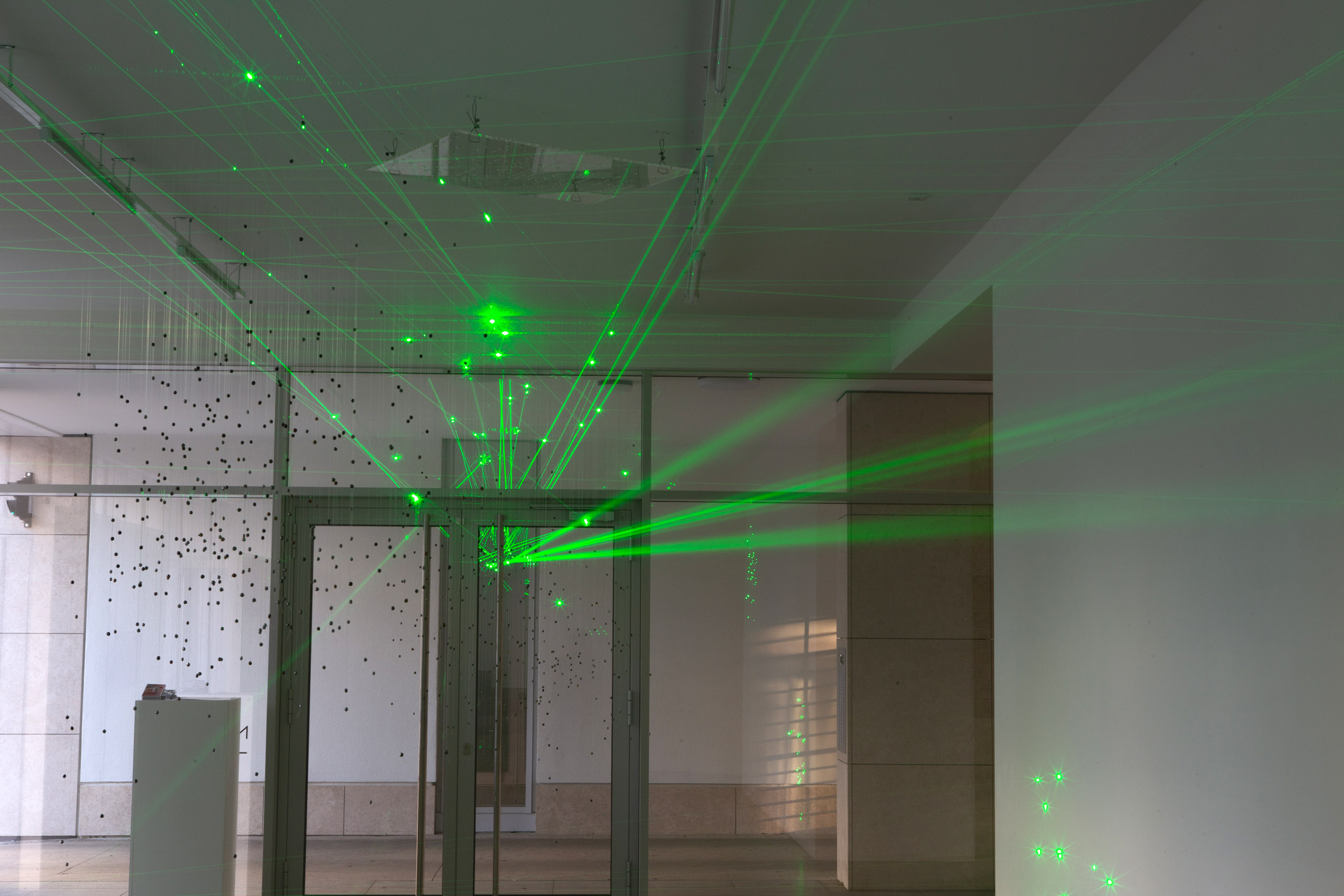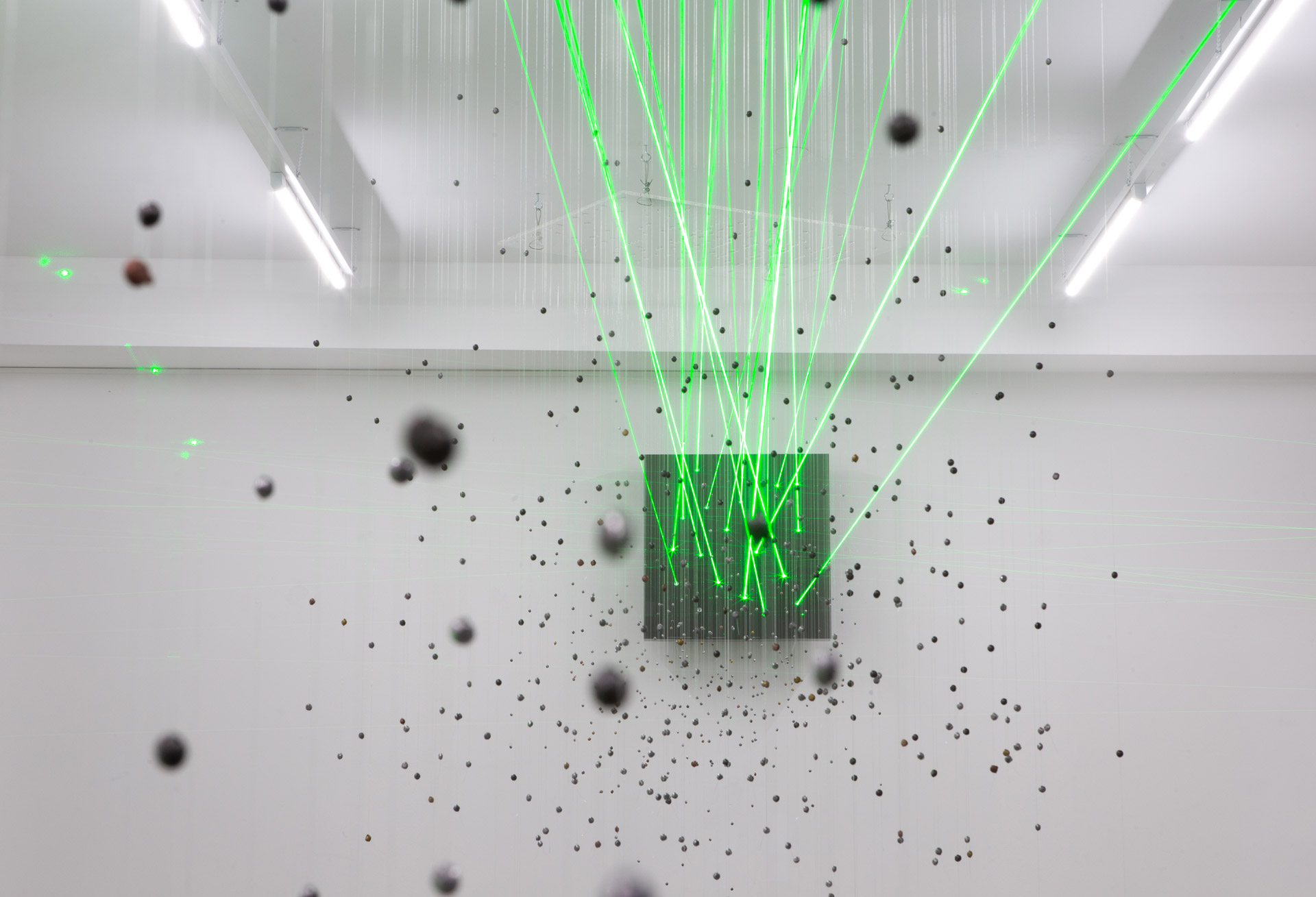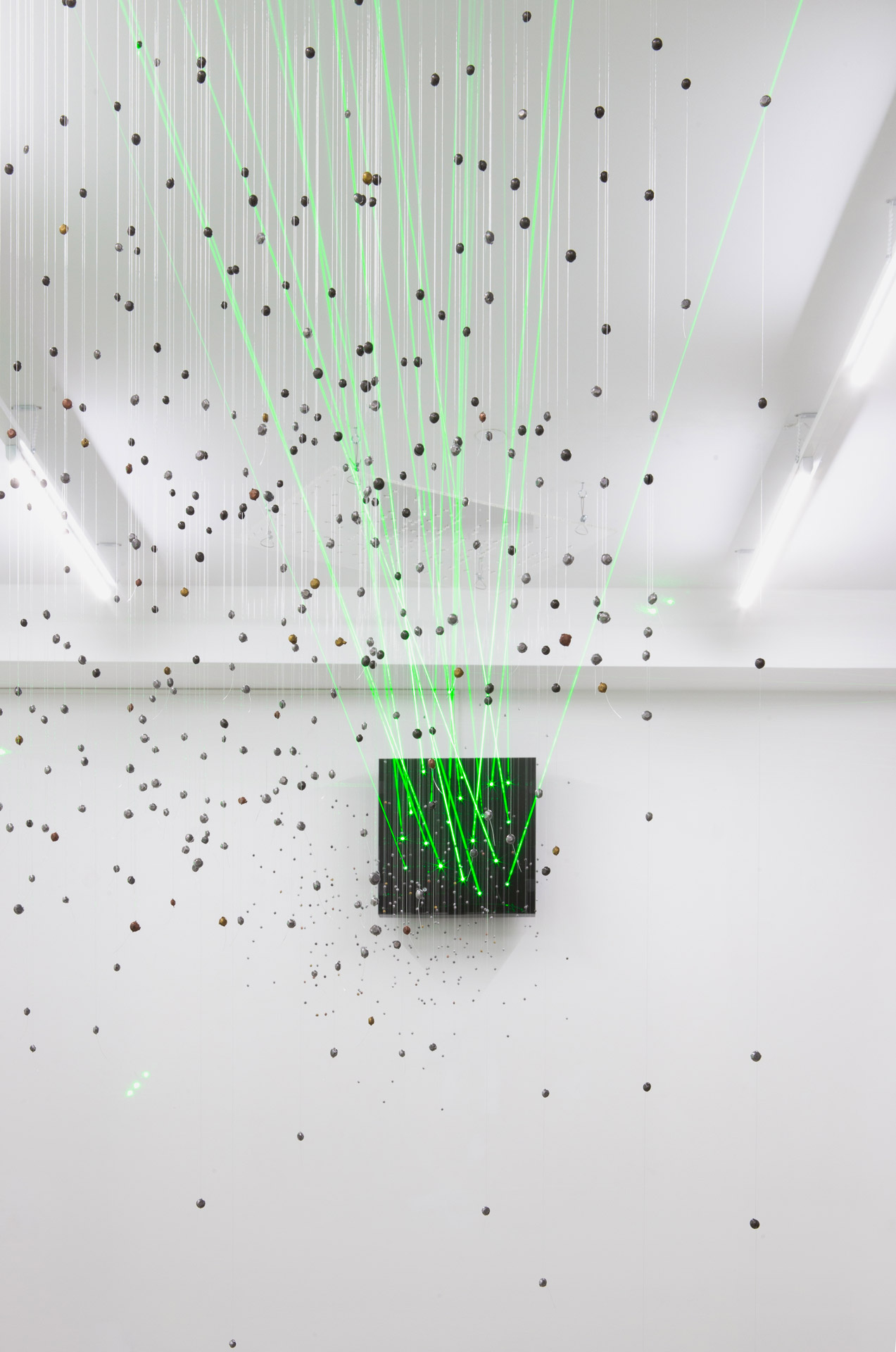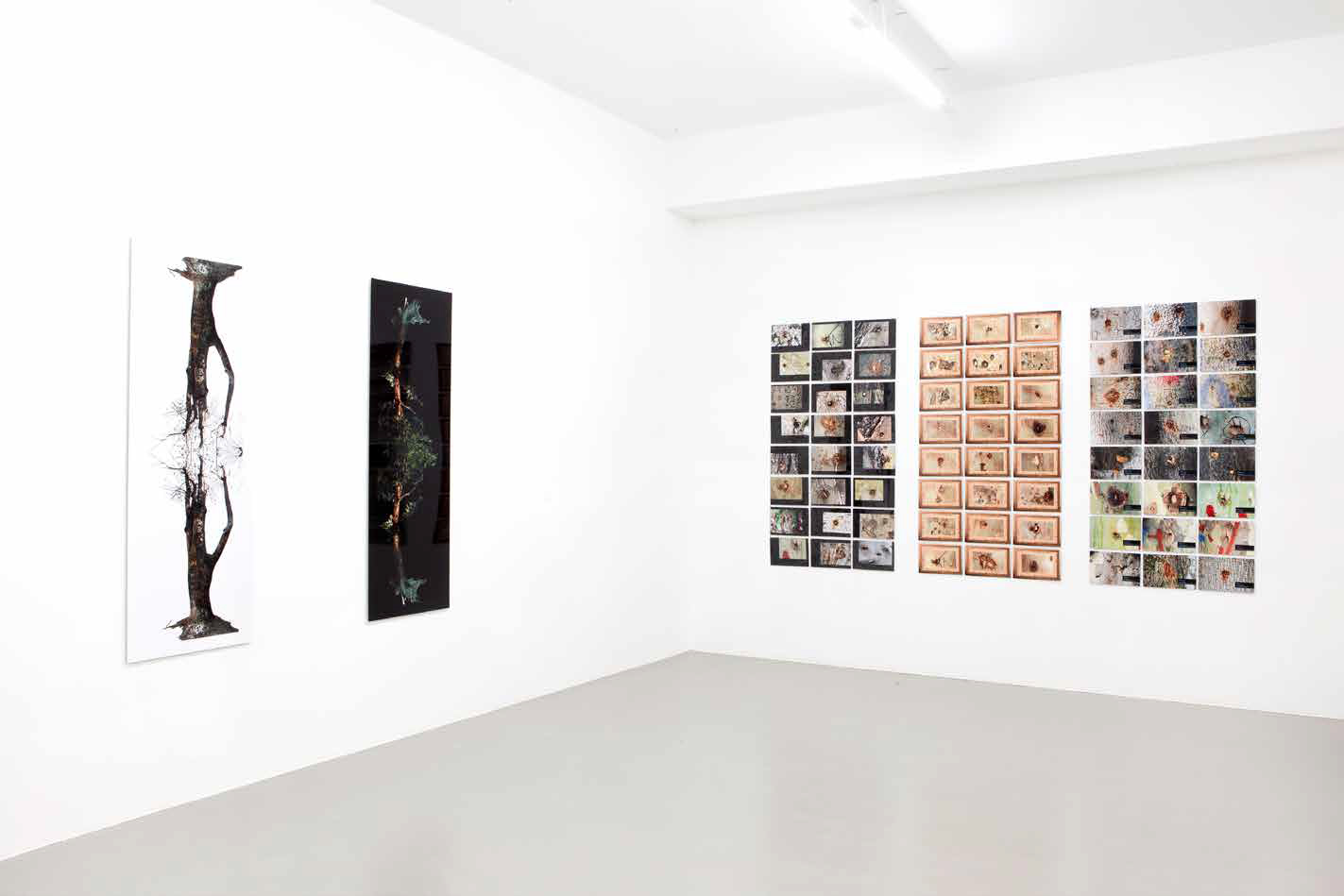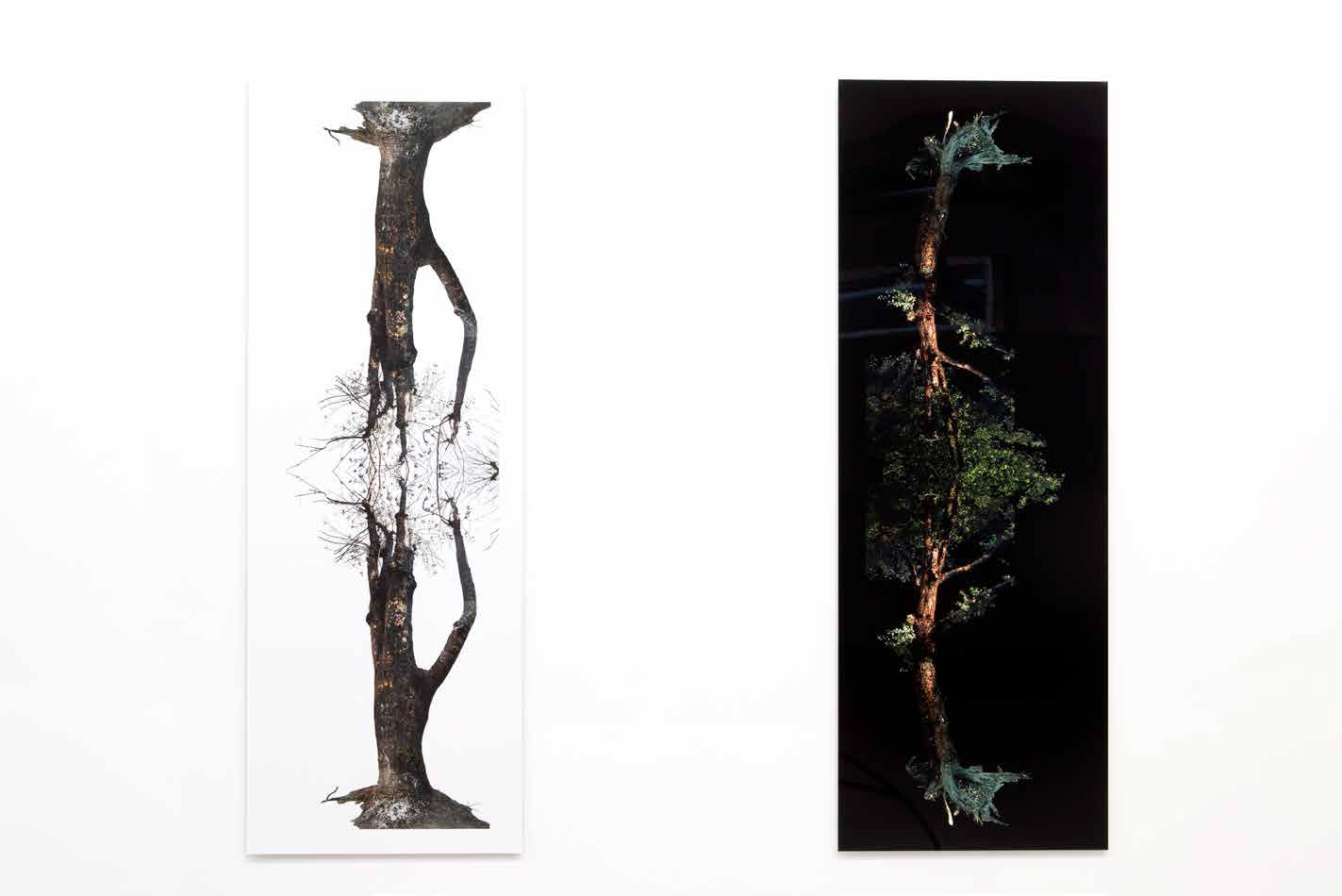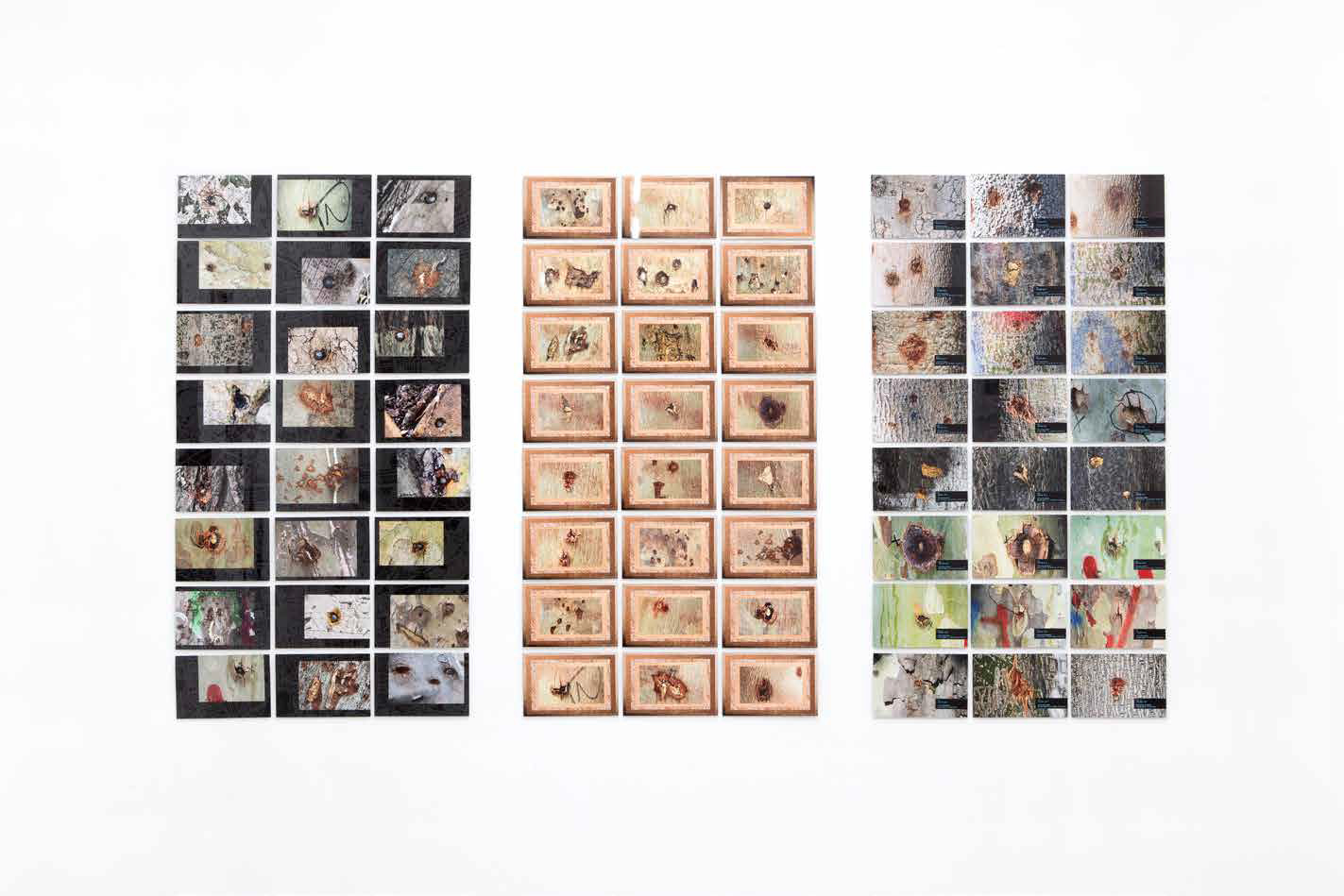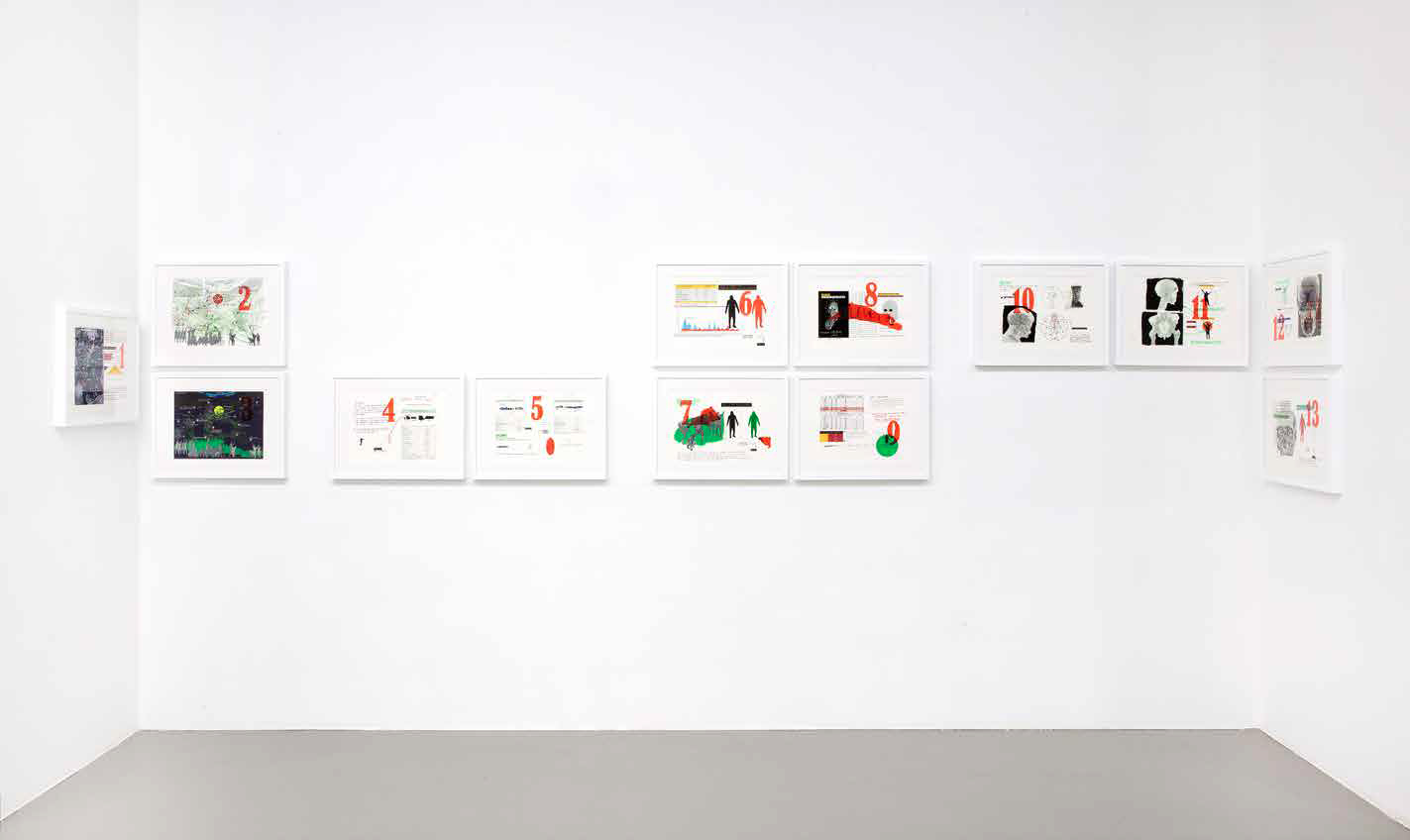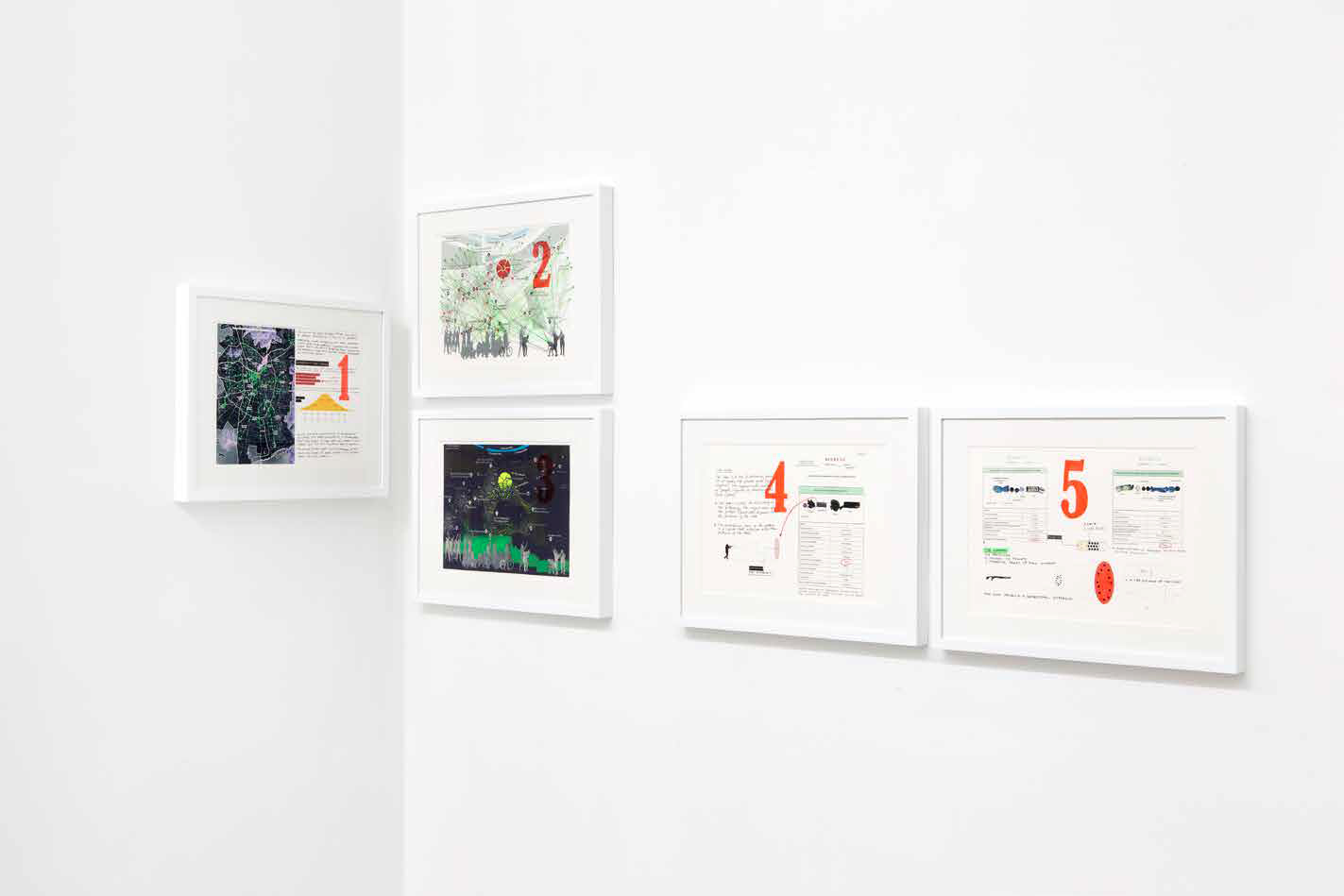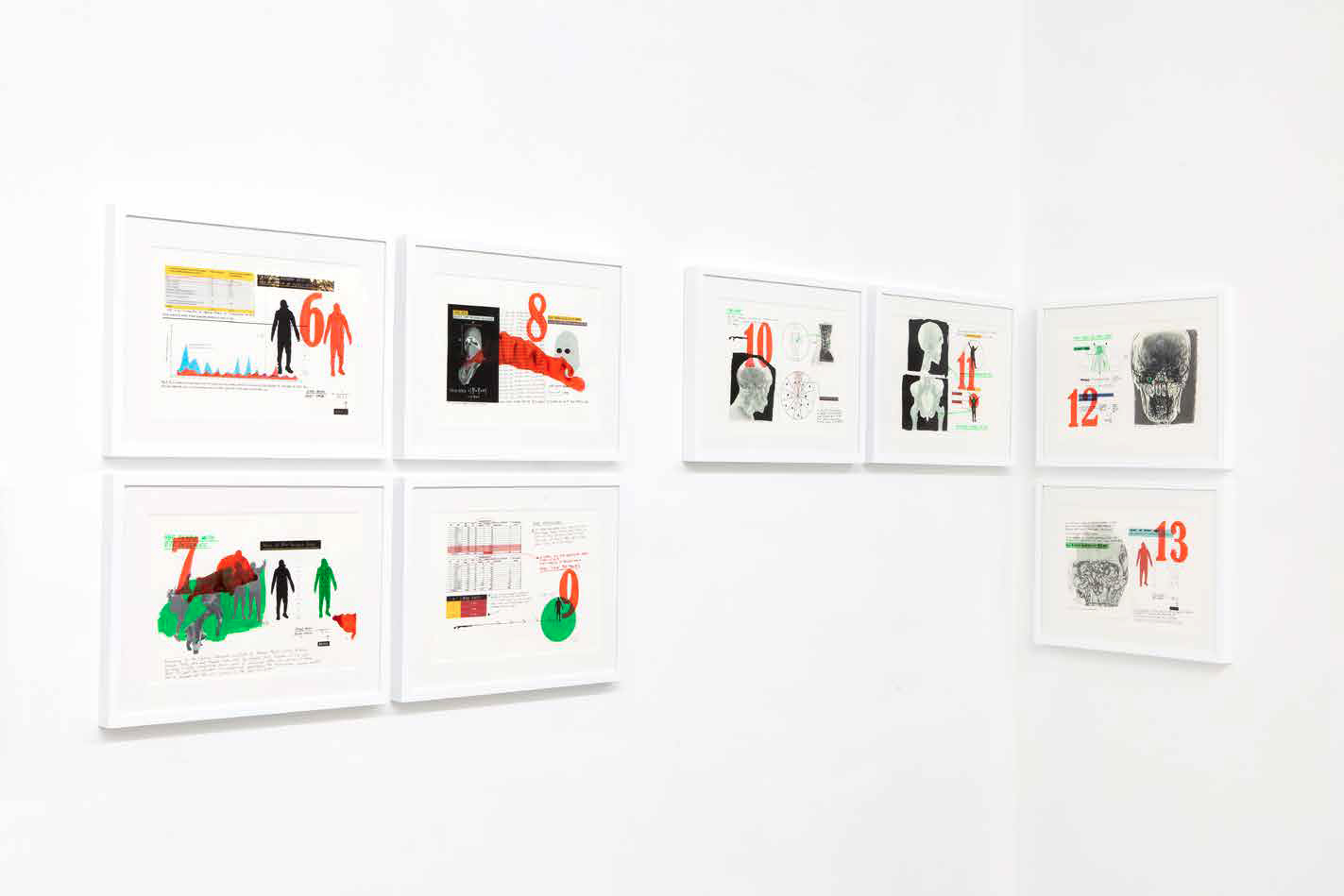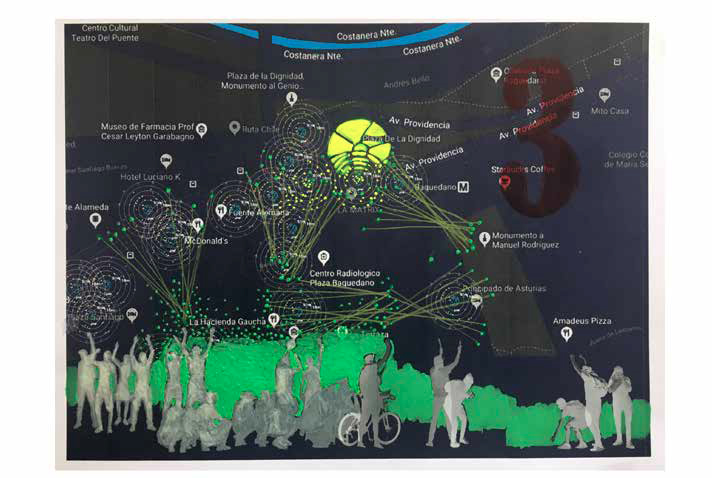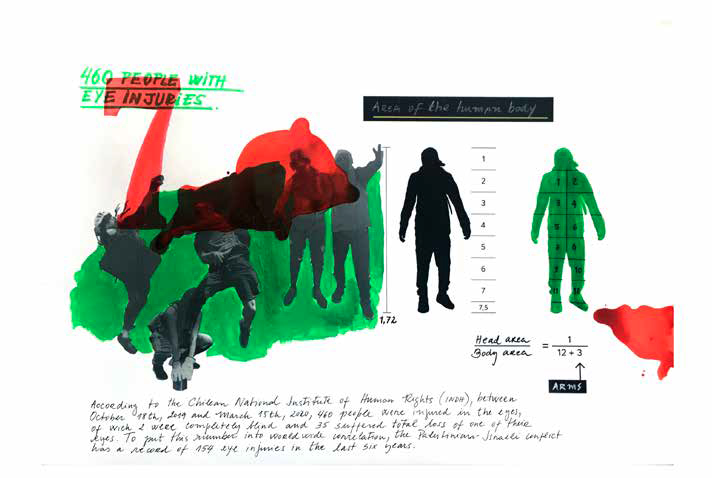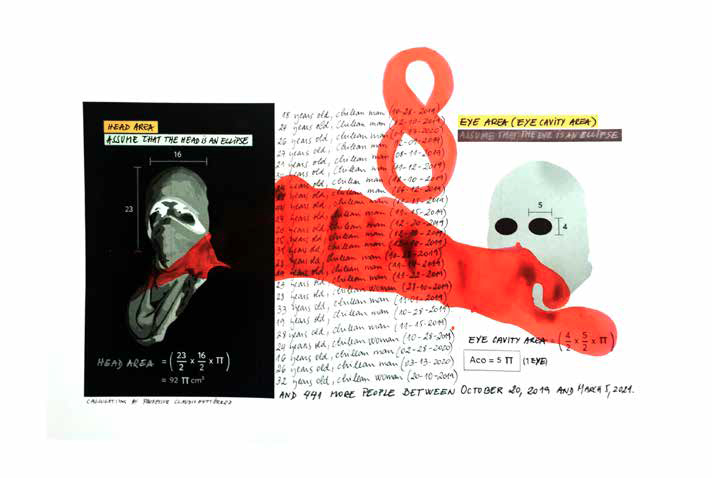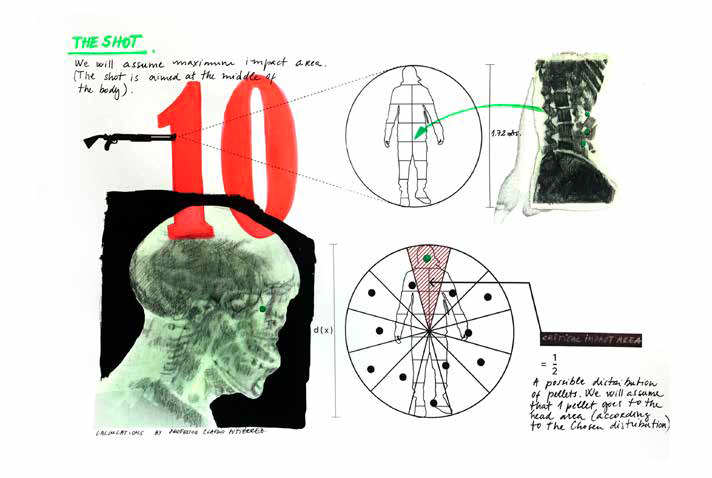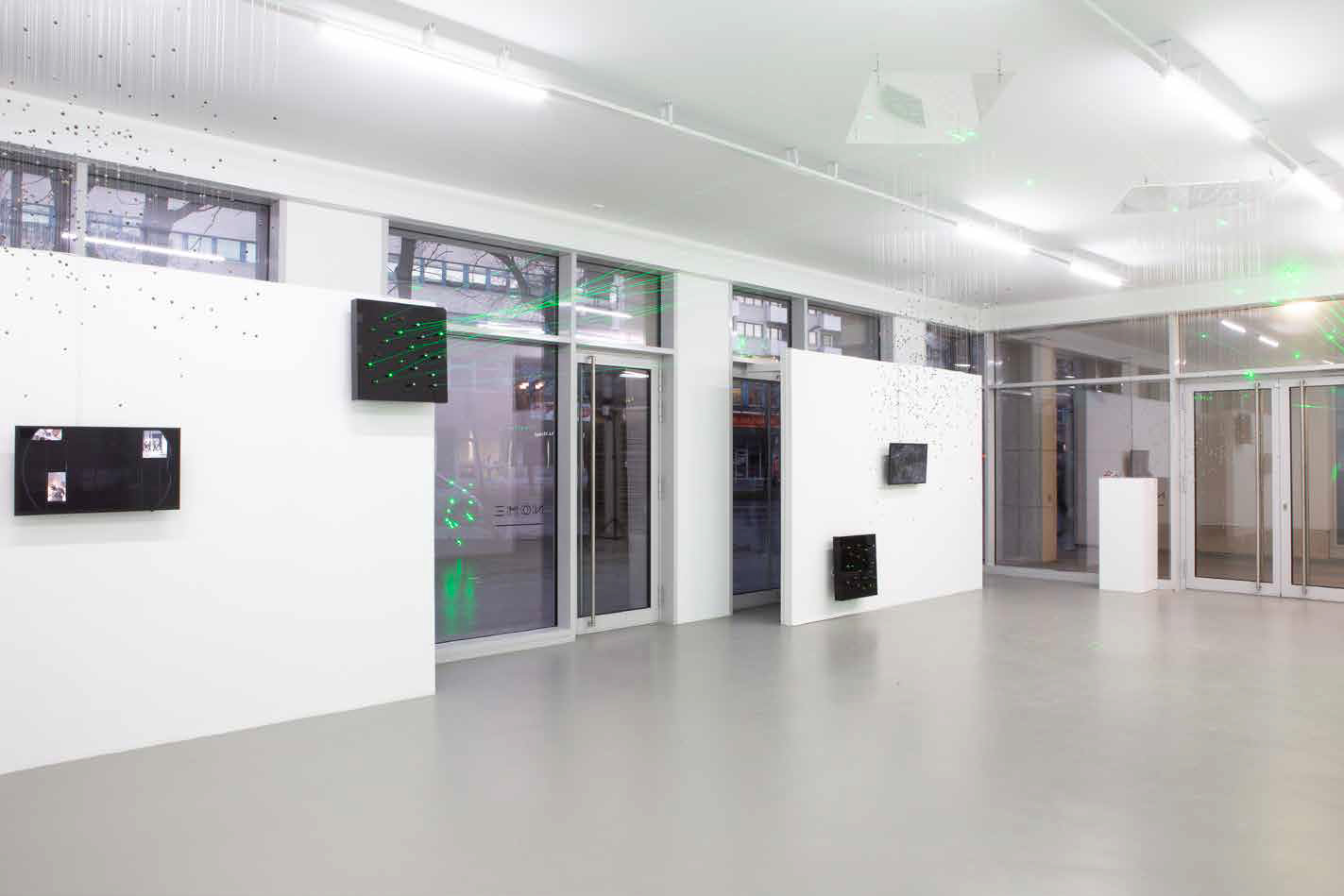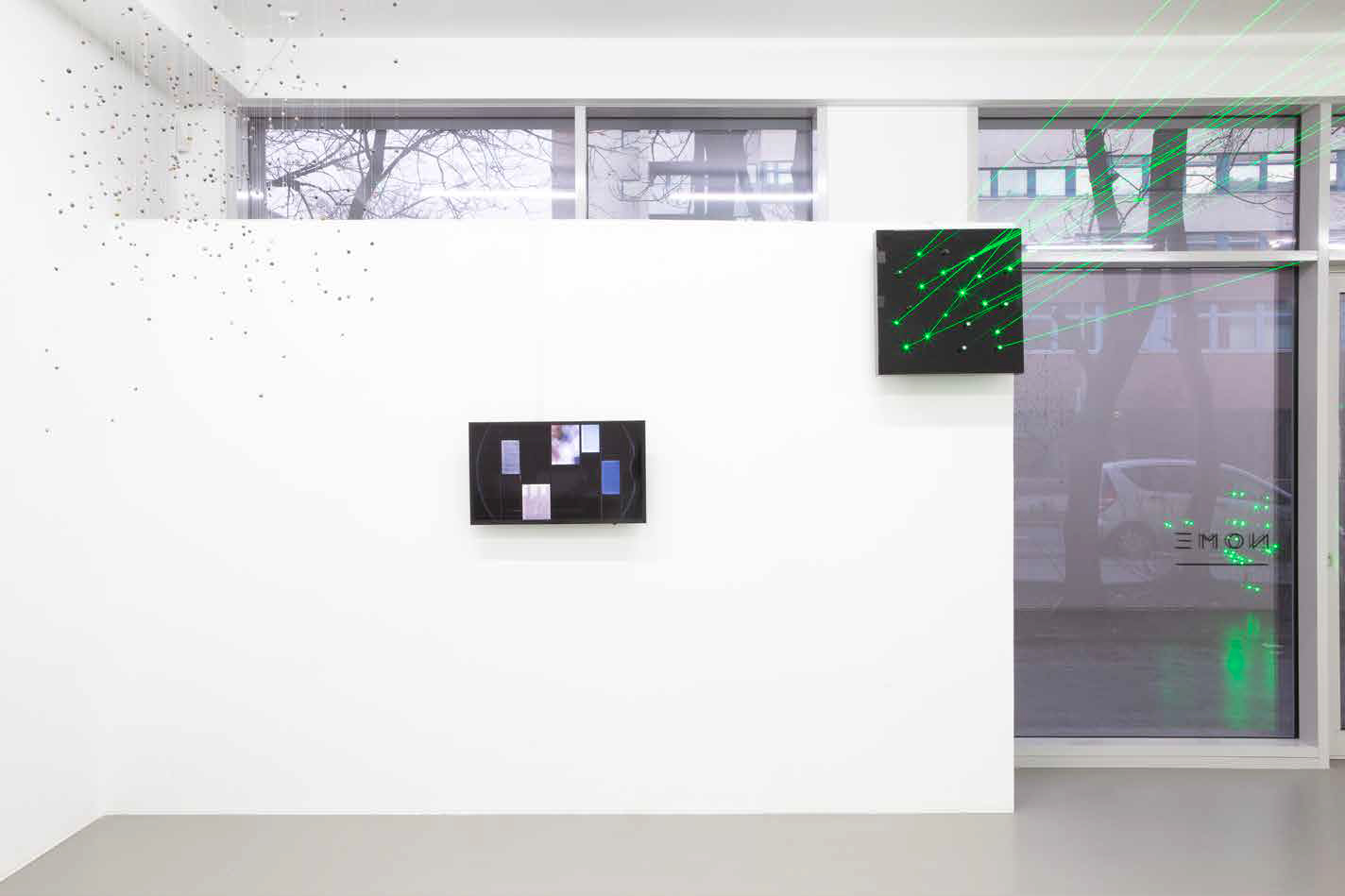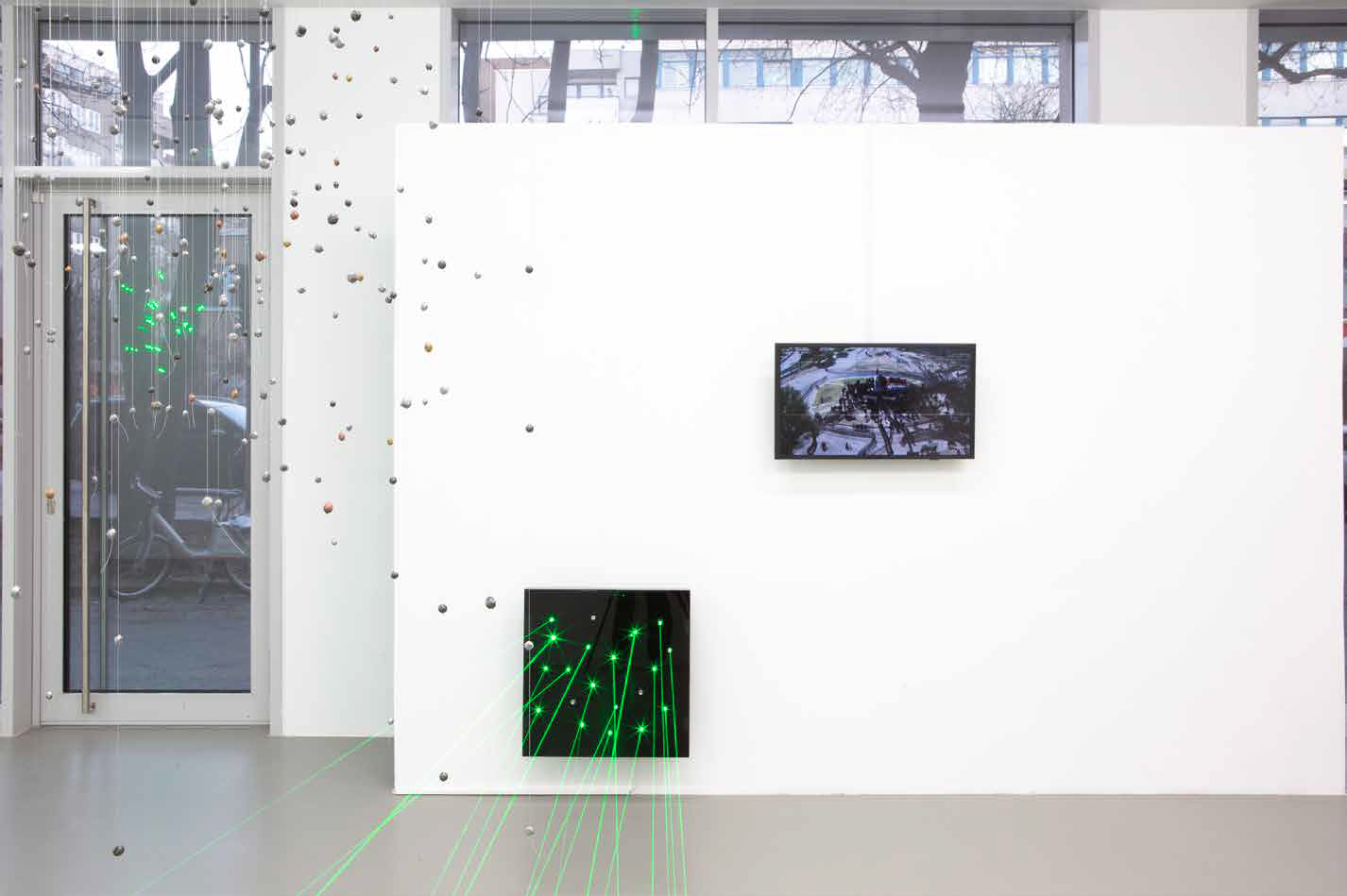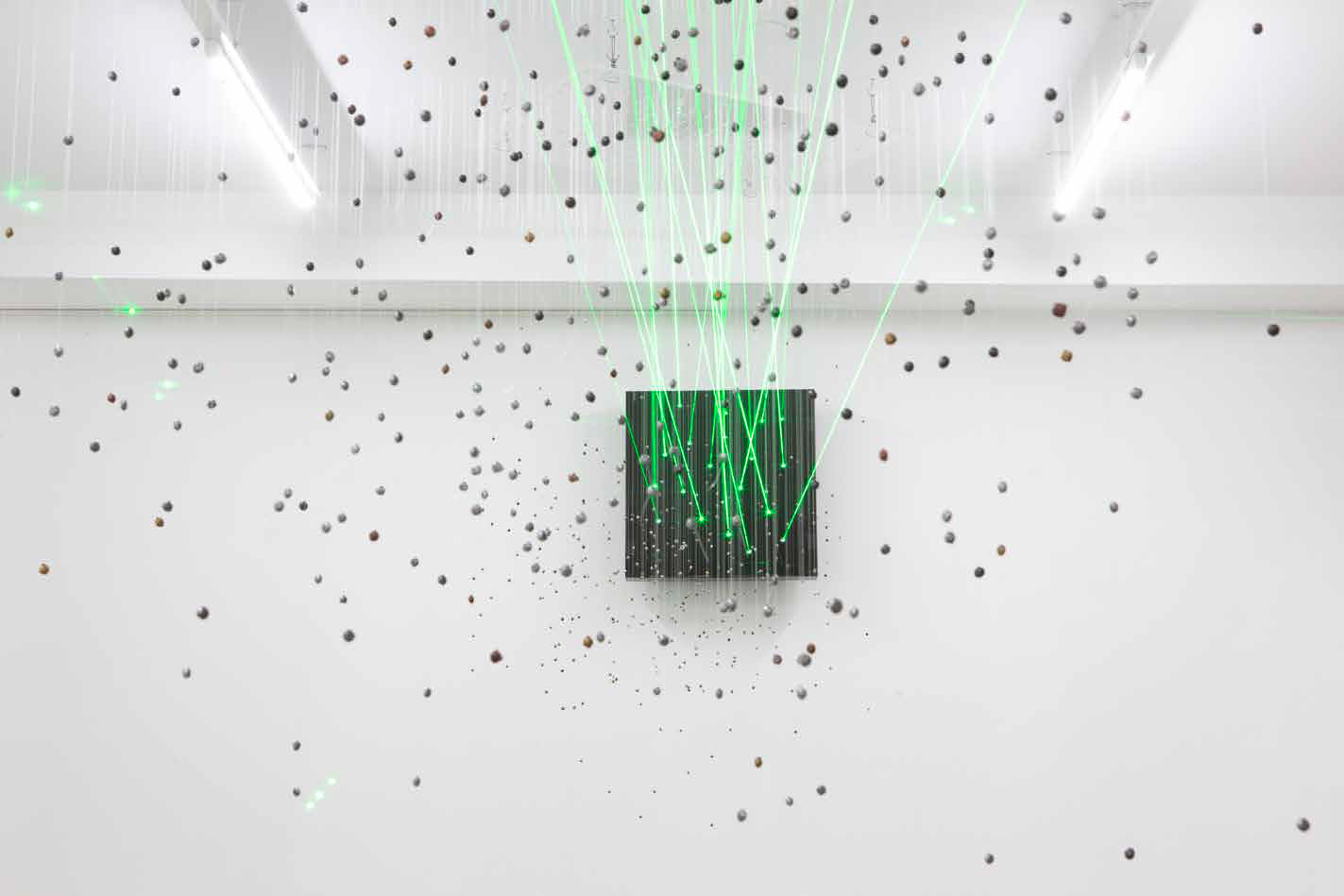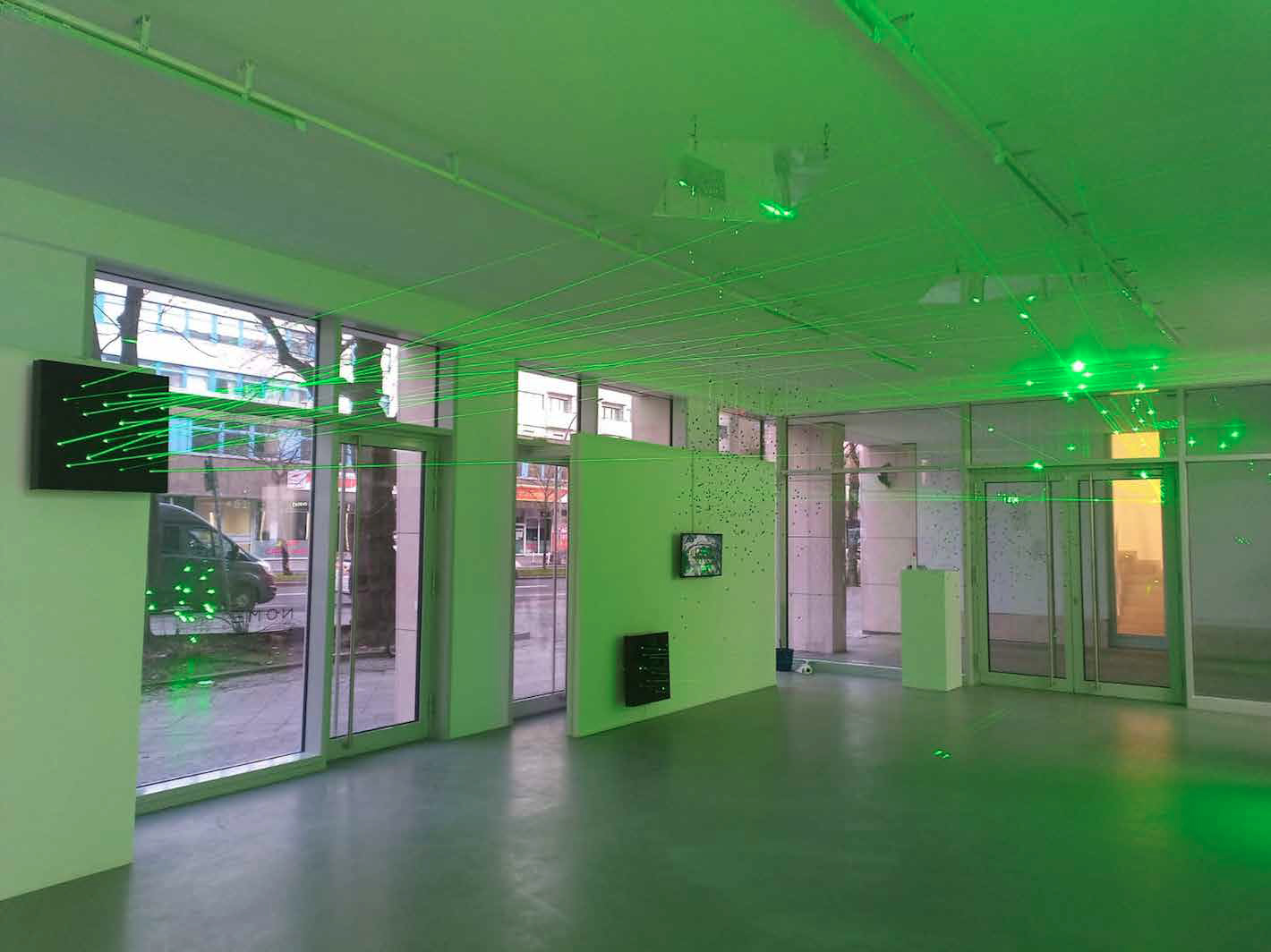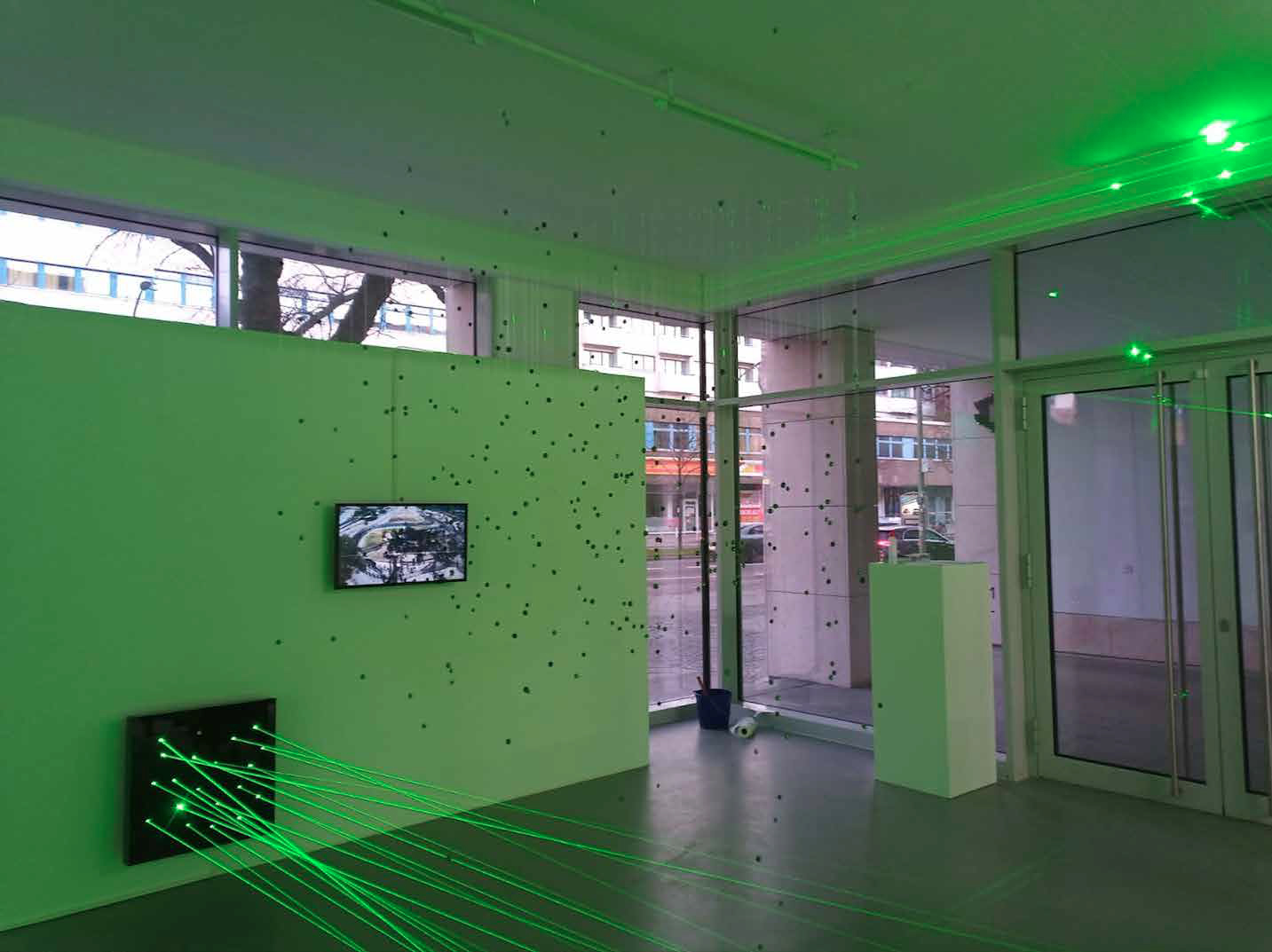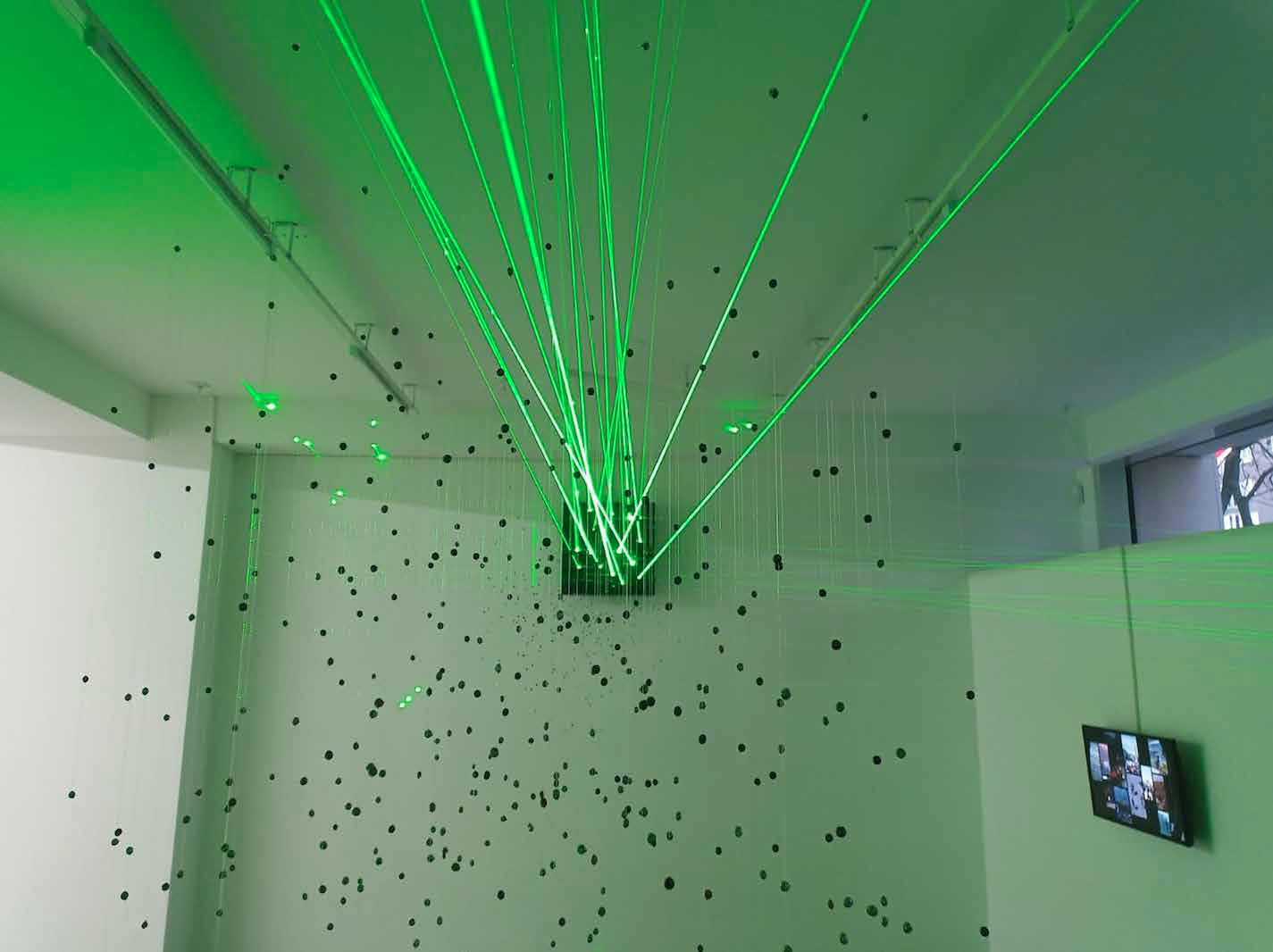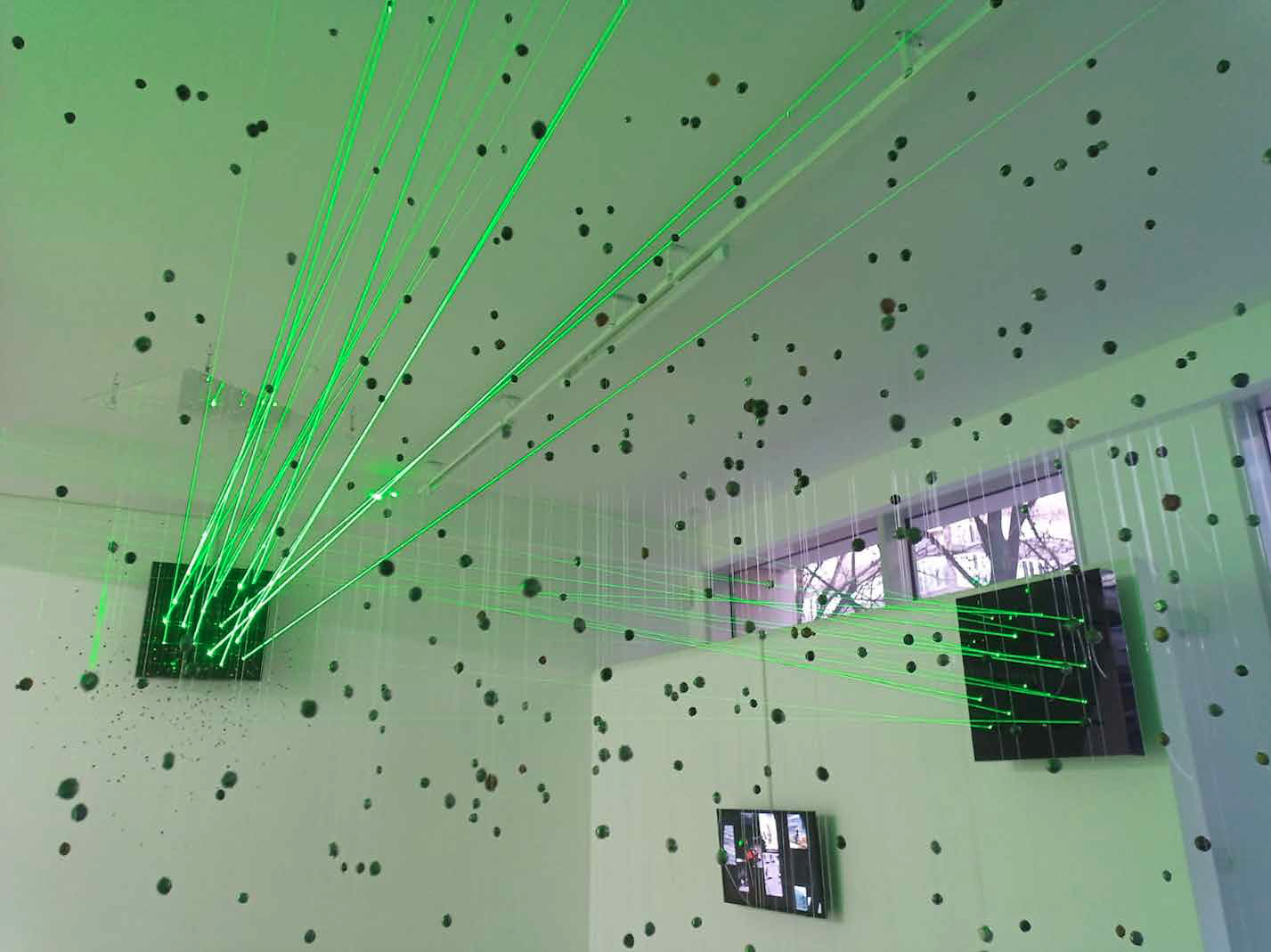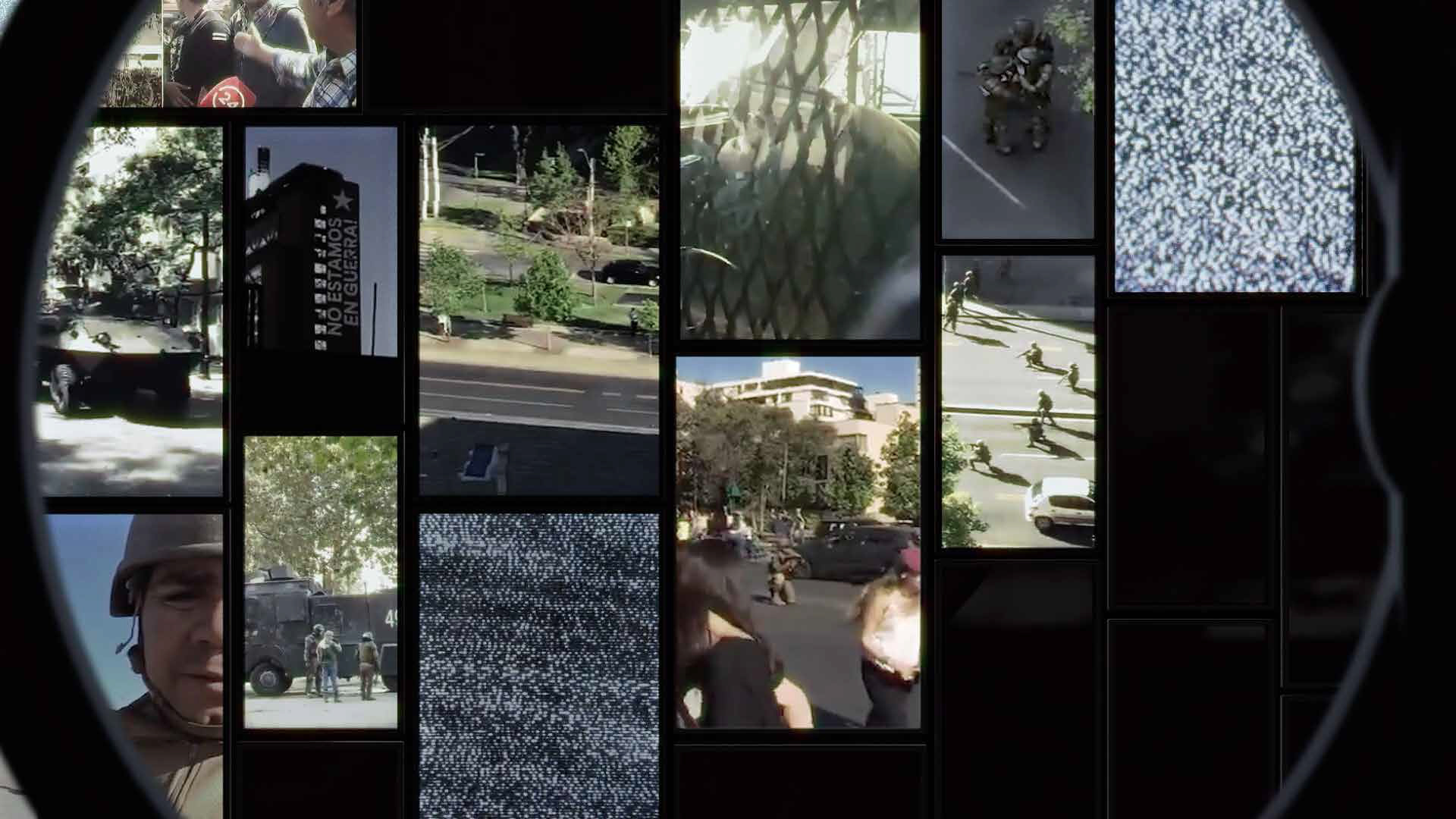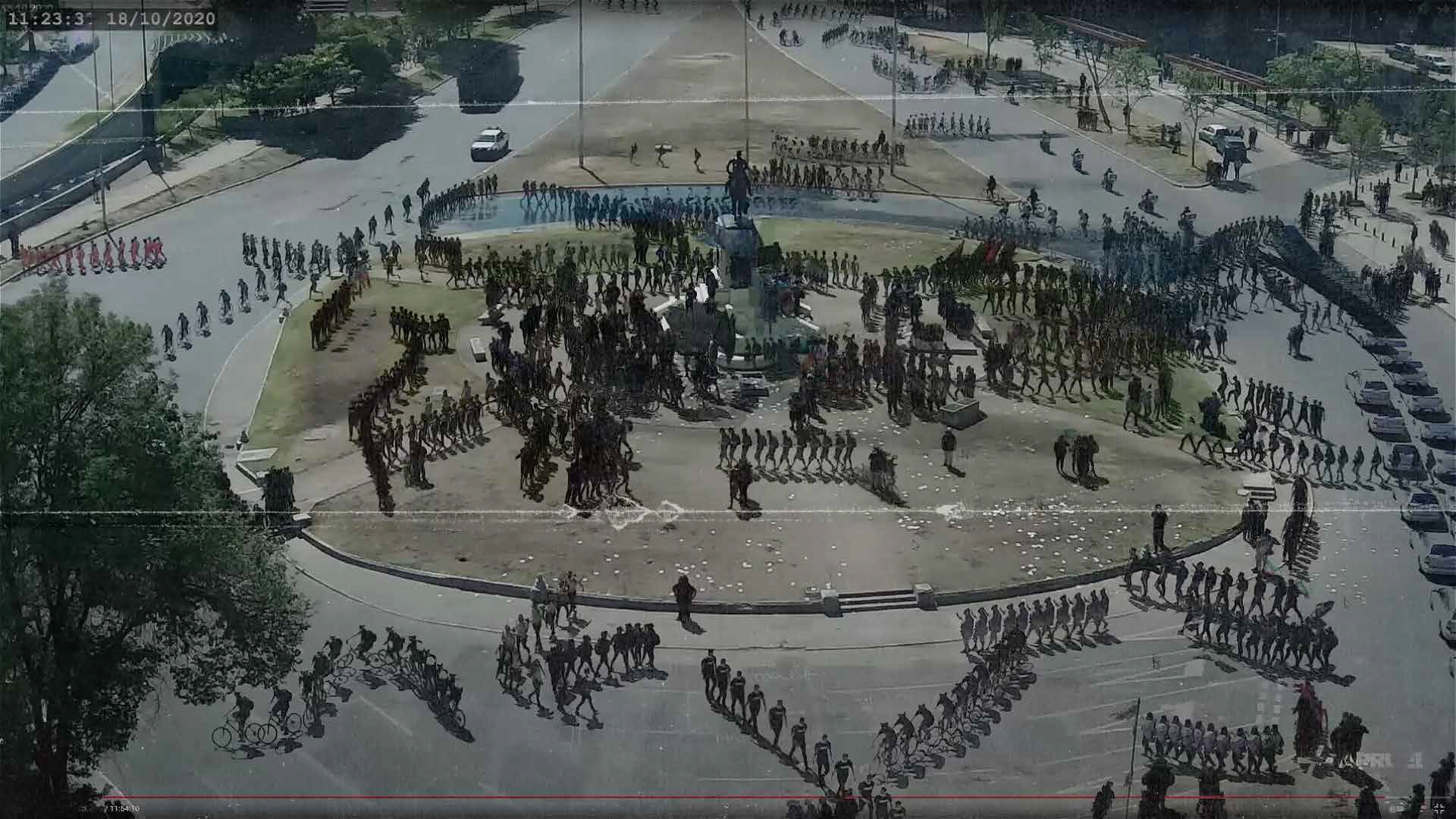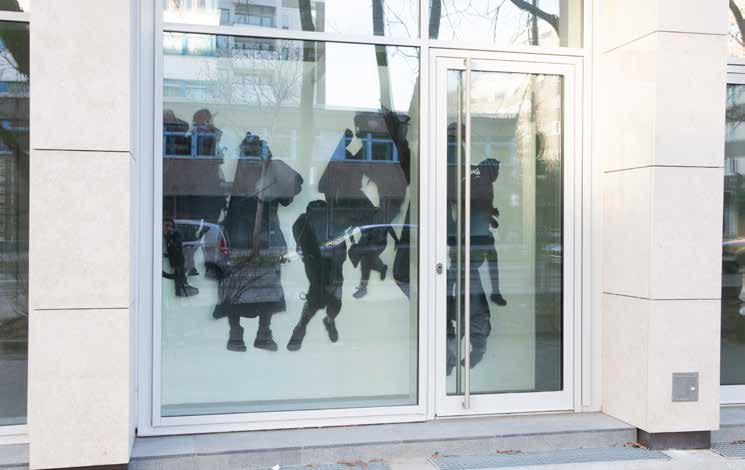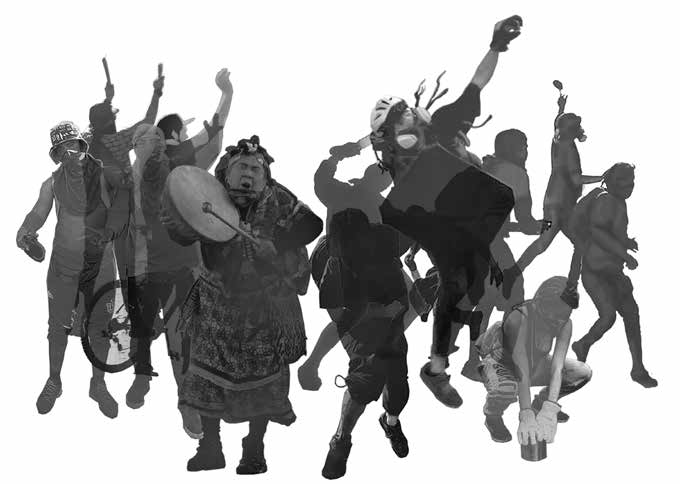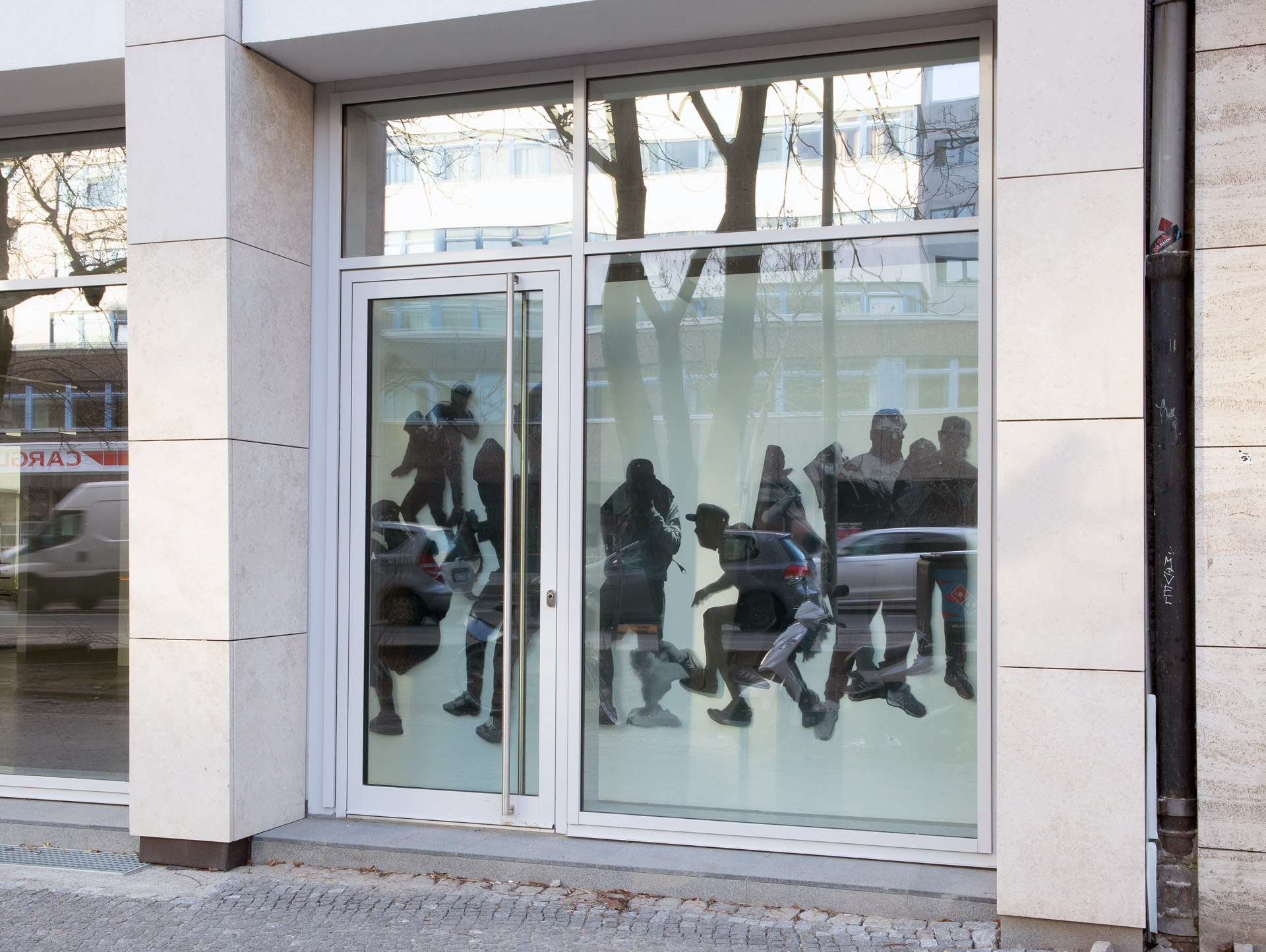
Syndemic Studies
The particularity of the experience of the arrival of the coronavirus pandemic in Chile was marked by the historical singularity of being preceded by a social revolt, classified as the greatest crisis that the country has had since the return to democracy in 1990. The crisis would be resolved politically, in an agreement to plebiscite a New Constitution. The Chilean population took to the streets from October 18th, 2019, maintaining the protest until the beginning of March 2020. There were approximately 150 days of sustained protest. This social unrest was further aggravated by the violence of the State agents sent to confront the population, mainly the young people who were the main protagonists. Chileans returned to live with the military in the streets, curfews, assassinations, reports of torture, sexual abuse as a form of repression, destruction of the city and a growing polarization of public opinion.
The experience of these events oscillated between the erotic energy of change – added to the feeling of collective reunion – and the Thanatic energy of the repression of power frightened by the size of the discontent and the cohesion of the population. In this way, an erotic/thanatic intensity of society unfolds in October 2019 and shapes a collective outburst generating a permanent protest. The events represent the imminent fall of the Constitution in force in Chile, drawn up during the dictatorship. The work SINDEMIA tries to shed light on this energy, through the analysis of the protest and its elements, resorting to collaborators who bring together disciplines, knowledge and experiences that will illuminate different aspects thereof.
SINDEMIA calls on different disciplines, knowledge and experiences to think about the phenomenon of protest, the collective, resistance, violence, and rebellion with the aim of analyzing:
WHAT HAPPENED? HOW DO WE NARRATE IT? HOW DO WE PROCESS IT? HOW DO WE SYMBOLIZE IT?
And in this way to be able to affirm, this did happen and it will not be erased, thinking the exercise of art as an anti-erasure action, in the sense of generating joint and civil knowledge, that the right to analysis, complaint and story is taken.
25 de Octubre 2019 (2021) – Voluspa Jarpa
Archive: online_25OCT_2021_Montaje.mp4
Link Youtube: https://youtu.be/hnyIF4IcAQQ
We’re Filming You (2021) – Voluspa Jarpa
Archive: online_LEG_2021.mp4
Link Youtube: https://youtu.be/JrkoAZcLU5k
exhibición:
This exhibition gathers the process of aesthetic and conceptual study of the work “SINDEMIA”, with which Voluspa Jarpa was awarded in 2020 with the Julius Baer Art Prize for Latin American Female Artists, and which will be exhibited during 2021-2022 at the Museo de Arte Moderno de Bogotá (MAMBO).
ciudad:
país:
Especificación:
- Árbol Día (Day Tree)
ChromaLuxe print - Árbol Noche (NightTree)
ChromaLuxe print - Políptico Árboles Perdigones (Shot Shell Trees Polyptych)
24 ChromaLuxe photographs - Políptico Árboles Piel (Skin Trees Polyptych)
24 ChromaLuxe photographs - Políptico Árboles Heridos (Wounded Trees Polyptych)
24 ChromaLuxe photographs - Estudios (Studies)
13 digital prints and drawings on paper, china ink, tempera, rapidograph, marker, reflective ink - Los Estamos Grabando (You are on camera)
Video - 25 de Octubre 2019 (October 25, 2019)
Video - Láseres X Perdigones (Lasers X Buckshot)
Aerial sculpture: Arduino programmed laser devices, 8mm lead pellets, 8mm lead pellets covered in copper and gold, nylon thread and acrylic sheet supports - Siluetas Friso (Silhouettes Frieze)
20 digital prints on polyester paper
